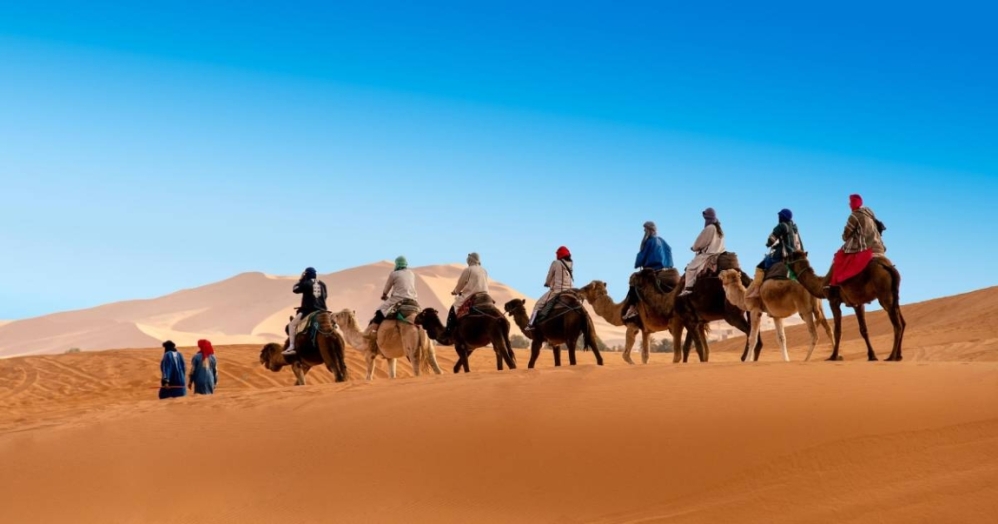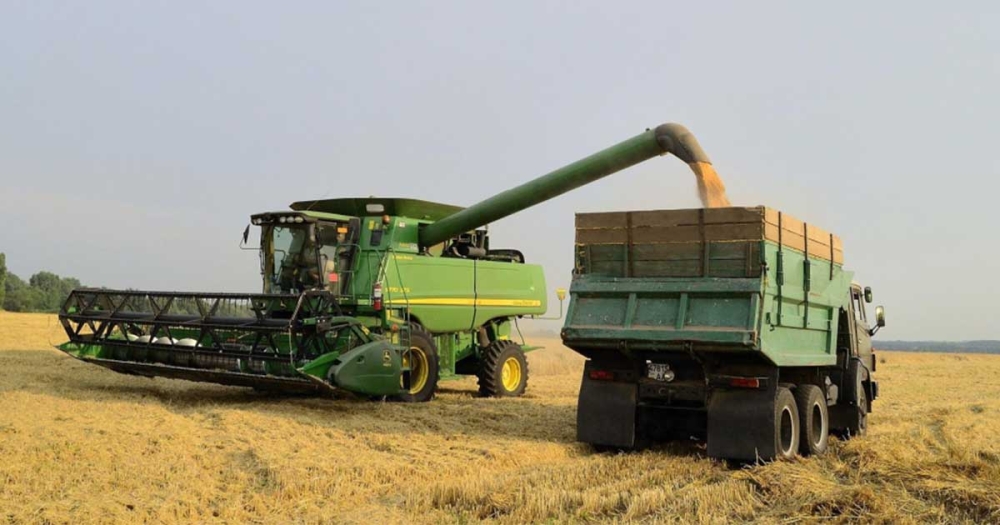Desertification is an increasing problem in the Sahel region, once known as a green oasis of Africa. Here, millions of hectares of farmland are turning into deserts each year.
The Climate-Smart Villages initiative launched by the Consultative Group on International Agricultural Research (CGIAR) and the African Union’s Great Green Wall program is seeking to reverse this trend by combining traditional knowledge with state-of-the-art technology to restore dry soils to fertility and reduce desertification-induced climate change in the long term.
Desertification in Africa
Desertification is a form of soil degradation where the soil loses its biological, chemical, and economic productivity. While many countries in the world are suffering from desertification, its effects are felt most in the Sahel region of Africa, which lies south of the Sahara and cuts across Africa in an east-west direction.
The phenomenon is caused by a number of factors, including ecological, climatic and anthropogenic impacts. Key factors include overpopulation, global warming, deforestation, overgrazing and the over-exploitation of aquifers. Population growth brings about increases in the use of natural resources and environmental pollution, as well as changing land use. Excessive grazing and deforestation increase the risk of irreversible soil degradation.
A research program led by the Consultative Group on International Agricultural Research (CGIAR) is working on the establishment of so-called Climate-Smart Villages (CVS) in the Sahel region. The scheme aims to improve farmers’ capacity to manage land degradation and adapt to the projected impacts of climate change.
At present, there are three climate-smart villages in the region: Tiptenga in Burkina Faso, Kampa Zarma in Niger, and Kaffrine in Senegal.
Here, rapidly increasing desertification is an ever-greater challenge due to changing geography and the effects of global climate change. The significant vegetation loss and declining soil fertility in these areas negatively affect local food production.
While food production, water resources and economic opportunities in the Sahel are often limited, the local population is growing rapidly. In certain cases, the adverse effects of climate change and land degradation force people to make disastrous choices. Environmental risks threaten the livelihoods of people living in the area, a majority of whom depend on agriculture to make ends meet.
Today, environmentally conscious agricultural technology is indispensable in bringing desertified areas back into agricultural production. In this respect, the use of state-of-the-art heavy-duty plows has been a breakthrough in the revitalization of parched soils. As part of the FAO’s anti-desertification program, a special heavy-duty plow known as “Delfino” has been offered to four countries in the Sahel – Burkina Faso, Niger, Nigeria, and Senegal – to break up and turn over bone-dry soil. The plowing up of the area is followed by sowing native woody and herbaceous species, which are highly resistant, provide shade cover and replenish organic matter into the soil, thus improving the productivity of the land.
The success of the technology lies in the fact that it is used in conjunction with traditional farming technologies. Delfino is, after all, merely a deep-plowing piece of machinery that needs to be combined with appropriate planting and cultivation methods. These include the water-saving traditional windrow planting method, based on a crescent-shaped planting trough that can prevent rainwater run-off, thus improving water infiltration and increasing soil moisture. It also helps to create a favorable microclimate, which is vital for seed germination and seedling growth.
Over the past three decades, hundreds of thousands of farmers have converted large areas of the region into arable land feeding three million people. What farmers have achieved over the past thirty years in the Sahel – one of the most fragile regions on Earth – is Africa’s greatest agroecological success story and one from which the poorest benefit the most.
The “Great Green Wall” of Africa
In addition to the Climate-Smart Villages program aimed at soil regeneration, the Great Green Wall initiative in Africa seeks to create an 8,000-kilometer-long forest belt to prevent the southward expansion of the Sahara Desert. Recent climate simulations that extend their scope both to the past and the future of the region suggest that this greening could have a profound impact on the climate of North Africa and beyond.

The project aims to revitalize 100 million hectares of degraded land and create ten million jobs in the Sahel by 2030. According to simulations presented at a meeting of the American Geophysical Union, the implementation of the full forestation scheme would double the amount of rainfall in the region and reduce average summer temperatures across much of North Africa and the Mediterranean.
To investigate future impacts, high-resolution computer modeling was carried out using a simulation of the planned Sahel vegetation wall, which was compared to a scenario without the Green Wall. Calculations show that the Great Green Wall could reduce average summer temperatures by up to 1.5 °C in much of the Sahel region and suggest that greening would increase rainfall across the entire region. Simulation testing of emission scenarios is still ongoing. Models suggest that the effects of greening in the Sahara could extend far beyond the region; a stronger West African monsoon could push stronger atmospheric currents westward, affecting the El Niño-Southern Oscillation and altering the path of tropical cyclones.
However, previous studies have shown that there are natural causes of climate change in the Sahara. The alternation between drier and wetter periods is determined by the West African monsoon, lasting from June to September, which has an impact on the western and central Sahel. Almost all annual rainfall occurs in this period. Changes in the West African monsoon led to the Green Sahara era between 11000 and 5000 B.C. One piece of evidence for this was unearthed in the 1930s when the Hungarian explorer László Almásy discovered a Neolithic cave and rock paintings in the Libyan Desert showing people swimming. As the Sahara turned green, the tilt of the Earth’s axis changed so that the northern hemisphere was closest to the sun during the summer, which intensified the African monsoon and brought rainfall to the barren desert.
The Climate-Smart Villages and the Great Green Wall of Africa programs aim to revitalize the once-fertile Sahel region, now barren and arid. The development and spread of water-saving agricultural practices and the long-standing plan of planting thousands of kilometers of forest to contain the expansion of the desert are now around 15 percent complete.
Supporters of the project hope that it will not only put an end to the southern expansion of the desert but food security will also improve, and millions of jobs will be created in the region.




